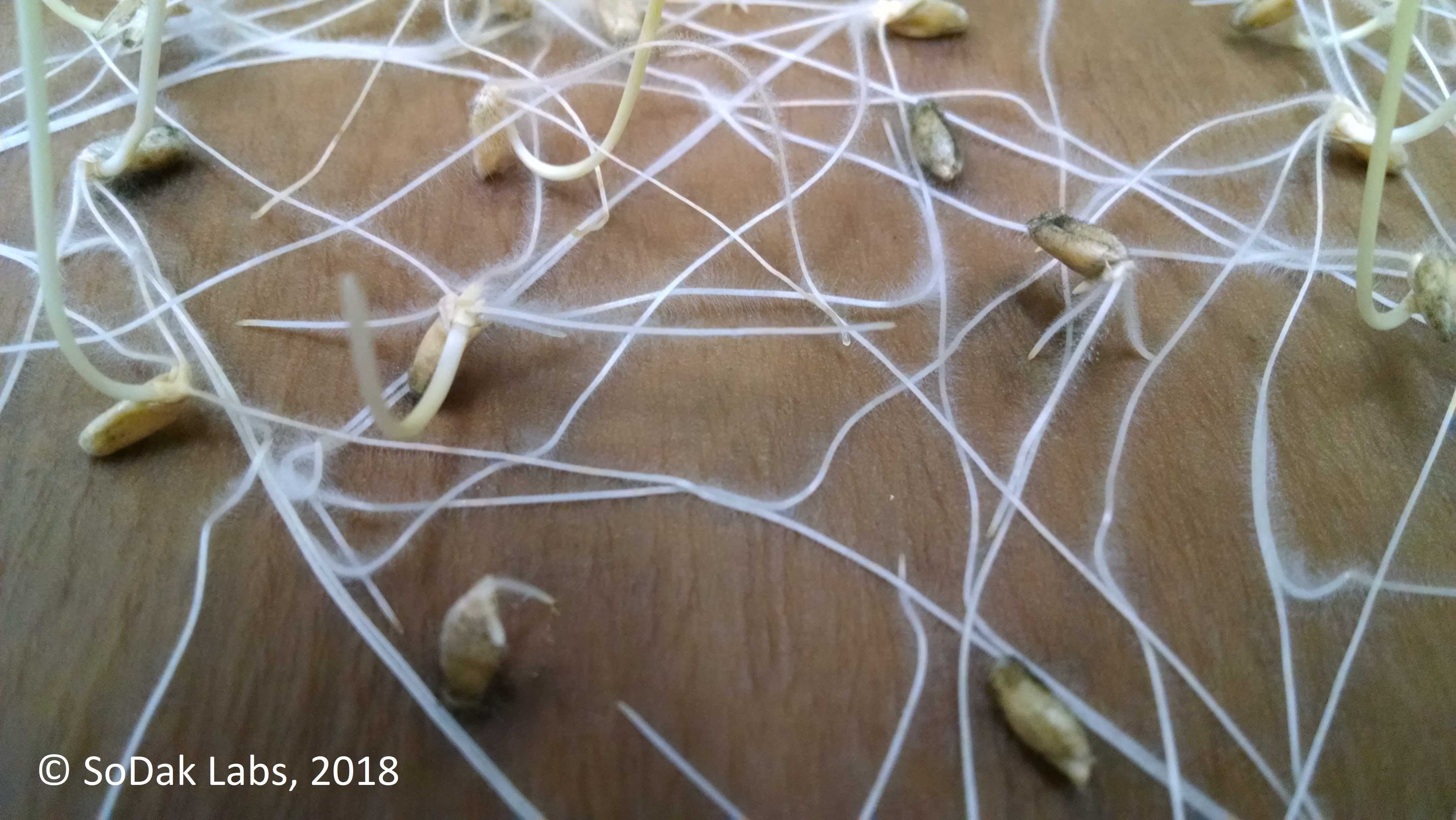Cereals Services
Cereal Germination

Cereal germination
Methods
Testing is conducted according to the Association Official Seed Analysts (AOSA), International Seed Testing Association (ISTA) Rules for Testing seeds or Canada Methods and Procedures (Canada M&P) based on customer need. Each germination test consists of four hundred randomly selected pure seeds. Media and the number of days tested are based on specific crop species. Several media are utilized including crepe cellulose paper (TC), towel (T) and Sand (TCS). A 200 seed treated germ is conducted on all untreated wheat samples to indicate how the lot will perform if treated. Treated germination is available for other species as well if requested.
What is Reported
Percentage of normal and abnormal seedlings. Average coleoptile height (ACH) in cm is reported in wheat.
Value of Results
Emergence through sand emulates emergence in the field best of all available laboratory tests. Coleoptile length is normally 1-2 cm, shorter length cultivars may need adjustments to planting depth. Treating scabby seed reduces fungal inoculum and mycelium growth and provides a best-case scenario for maximum germination. The standard germination test is required by the Federal Seed Act (FSA) for labeling. The report of analysis will contain germination percentage and date of test utilized for labeling.
Agronomically Accurate Seed Testing Results
SoDak Lab's goal is to deliver fast, accurate, and diagnostic seed testing services.